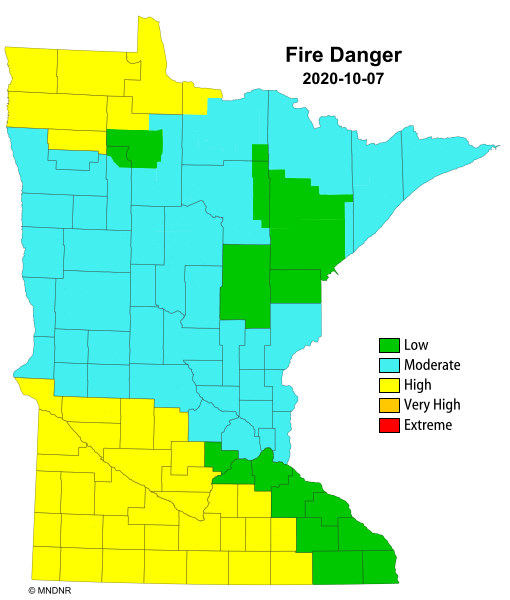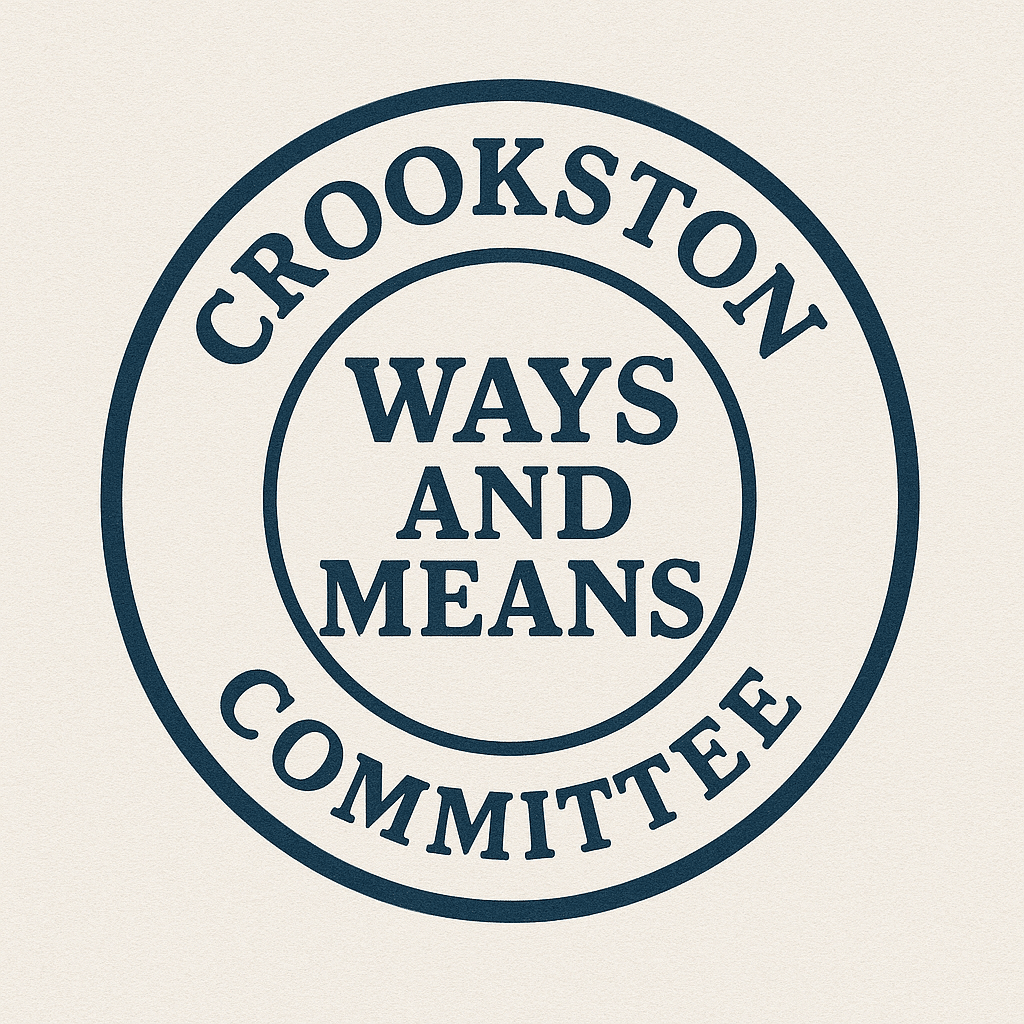Dry weather and drought across Minnesota have created conditions favorable for wildfires this fall. Polk and Red Lake County currently sit in a wide swath of the state that has a moderate risk of wildfire while Marshall, Pennington, and other counties to the north are currently at high risk for a wildfire.
The Minnesota Department of Natural Resources urges homeowners, woodland owners, farmers, and outdoor recreationists to monitor statewide fire danger and current burning restrictions, which can fluctuate quickly this time of year.
“Don’t fall for the trap that cooler weather cancels fire danger,” said Casey McCoy, DNR wildfire prevention supervisor. “October is historically one of Minnesota’s most active wildfire months.” Following a hard frost, plants stop taking in moisture and begin drying, creating more available fuel for a wildfire, McCoy said.
Wildfire risk has increased in southwestern and northeastern Minnesota – areas that experienced below-normal rainfall this summer and are in a moderate drought. Red Flag conditions are possible this weekend in the southwest. Fire danger is also high in the northwest. Additional factors that can quickly fan fall fire flames include low relative humidity and warm, breezy days.
Homeowners and woodland owners working outdoors are often tempted to burn leaves and piles of woody debris, but McCoy encourages alternatives.
“Composting or hauling brush to a collection site are the best options,” McCoy said. “Fall colors shouldn’t include a wildfire’s burnt orange.”
If considering an open burn, obtain a burning permit and always check the fire danger.
Fall harvest and hunting seasons also bring inherent fire risks. Heat and sparks from farm implements and heavy equipment can be fire-starting sources, as can escaped campfires in the woods and vehicles parked over tall grass.
For information and daily updates on current fire risk and open burning restrictions, visit the DNR website: mndnr.gov/burnrestrictions.




